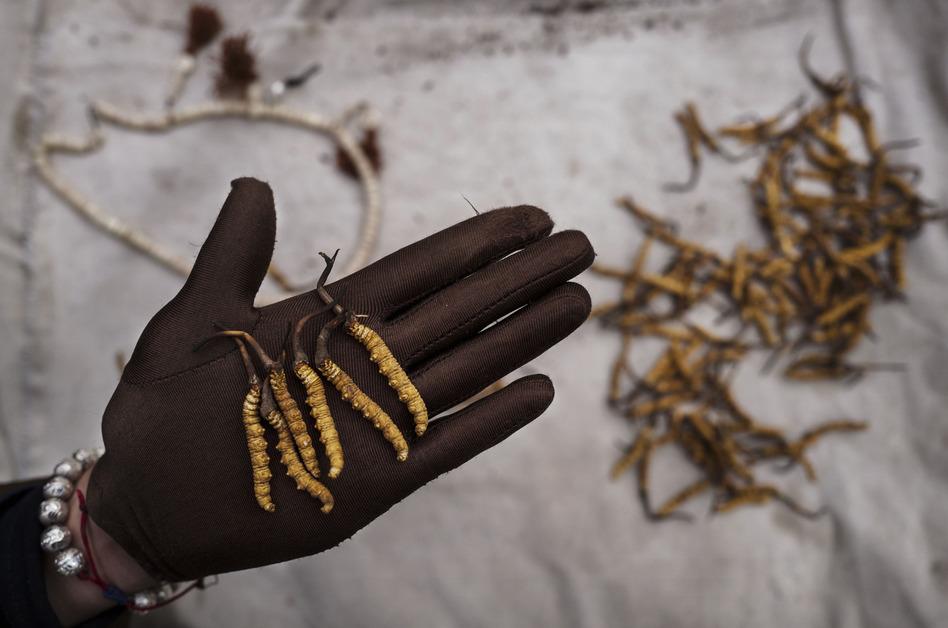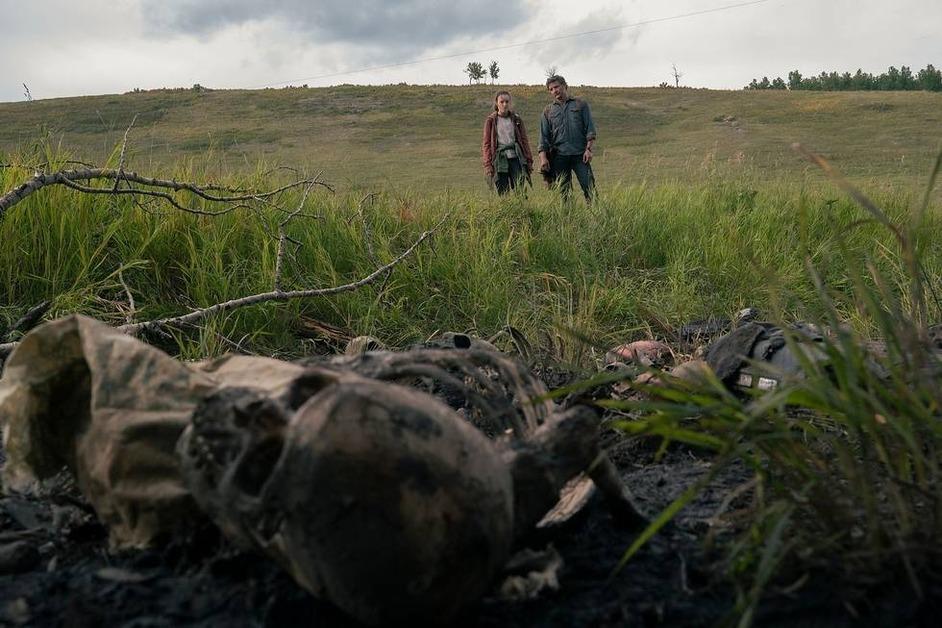Cordyceps, the Zombie Fungus in ‘The Last of Us,’ Actually Exists — but Can It Infect Humans?
Published March 29 2023, 1:34 p.m. ET

If you’ve been watching the popular HBO series The Last of Us, mushrooms are probably on your mind. Specifically, ones that can turn people into zombies. Well, you’ll be happy to hear that the fungus from the show, Cordyceps, is not the same as the real one — and the real Cordyceps actually does more good than bad for humans.
Fungi, however, are perplexing. Although the prospect of Cordyceps turning people into zombies has been deemed unfeasible, this doesn’t mean we can write off all future fungal infections completely, especially with the evolutionary changes happening with climate change.
So, let’s start with breaking down Cordyceps.

What is Cordyceps, and what are the health benefits?
According to WebMD, Cordyceps, the haunting fungus responsible for the grisly brain infection in The Last of Us, is actually full of health benefits in real life and has been popular in traditional Chinese medicine for centuries.
Ophiocordyceps unilateralis, or Cordyceps, is a fungus, but it’s not like a mushroom you find growing in the forest. It actually grows from the corpse of an insect, usually a caterpillar, after infecting and killing the host. It does this by draining the nutrients of the insect, before then releasing spores into the body that then reproduce and take over. Afterward, the insect will release the spores, spreading the infection, per NPR.

However, for humans, the Cordyceps offers more medicinal benefits. Cordyceps is used to boost energ, and strength, improve immune responses and kidney function, help with sexual dysfunction, and relieve coughs and fatigue.
Cordyceps is classified as an adaptogen, which is a plant or mushroom that helps the body deal with stress. When consumed, adaptogens work by altering the chemical reactions which balance both physical and mental symptoms of stress, reverting your body back to a more balanced state, per Cleveland Clinic.
Because it grows from insects, Cordyceps is often sold by manufacturers in the form of a powder, capsule, or liquid, per WebMD.

What are the side effects of taking Cordyceps?
Consuming Cordyceps is generally safe, but everyone is different, so there are some possible side effects to be aware of. After taking Cordyceps, some people have reported nausea, an upset stomach, or dry mouth.
Furthermore, children, pregnant people, and those with diabetes, cancer, or bleeding disorders are advised to avoid Cordyceps. Lastly, there is the risk that a Cordyceps supplement could react negatively with medications. So, if you are thinking of supplementing, it’s a good idea to check with your doctor, all per WebMD.

Cordyceps in real-life vs. on ‘The Last of Us’:
The Cordyceps on the screen in The Last of Us is not like the one in the wild. Matthew Kasson, a mycologist (someone who studies fungi), was interviewed by Esquire detailing the myth-to-fact ratio in the show. Kasson confirmed to Esquire that the Cordyceps fungi in the show are based on the real-life fungus, but it does not have the same qualities. For example, actual Cordyceps cannot jump onto humans.
In ants, bugs, and the creepiest crawlies, the fungus can take over by knowing how to trick the host. This isn’t something that it learns overnight. Meaning it could take centuries, perhaps even millions of years, for a fungus to evolve to jump to humans.

Bryn Dentinger, a biology professor and the Natural History Museum of Utah's mycology curator, told NPR that scientists still aren’t sure how the process of Cordyceps infecting insects actually plays out. However, experts theorize that it involves altering muscle fibers and eventually growth towards the brain, which would explain the change in behavior.
However, Dentinger says that the human body temperature is too high for most organisms to survive, and Cordyceps can’t withstand the heat.
But that’s not all.

Climate change is teaching fungi species to adapt to tolerate higher temperatures.
According to Dentinger, because of climate change, fungi species are evolving to tolerate higher temperatures, meaning the road to human infection has opened up. He says there has been an increase in fungal infections in humans, but Cordyceps infections are still a long way away from being a possibility.
Some species of fungus, such as “magic mushrooms” aka psilocybin, can already affect cognitive function. Yeast, another fungus, is commonplace in the kitchen and the human gut, meaning there are kinds of fungi already prevalent in our lives, per NPR.
However, going back to what Kasson told Esquire, it takes millions of years for a fungus to develop specific behaviors to attack a certain host.
So it’s all very unlikely that Cordyceps will turn our planet into a world like the one seen on The Last of Us. We just wish we could say the same about climate change.